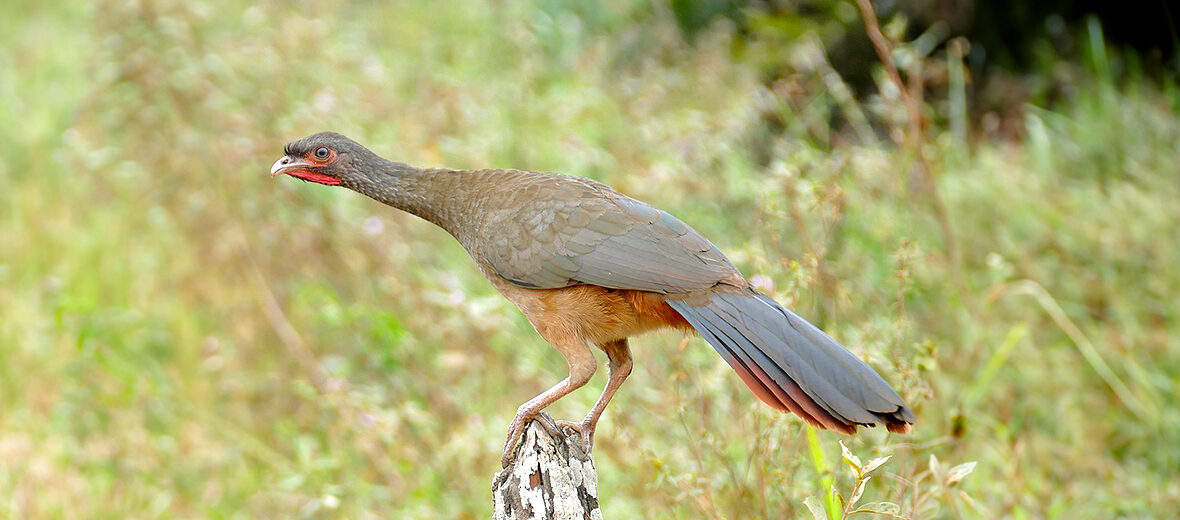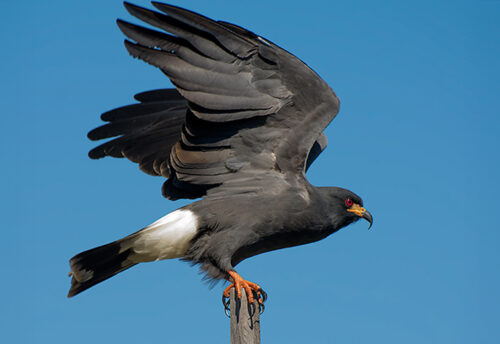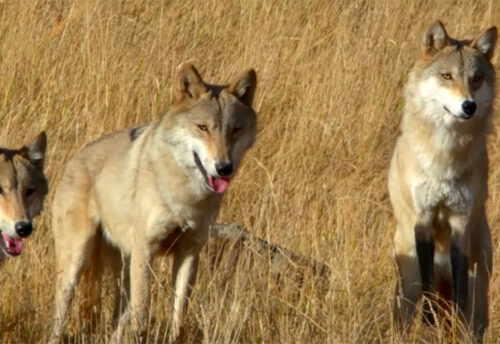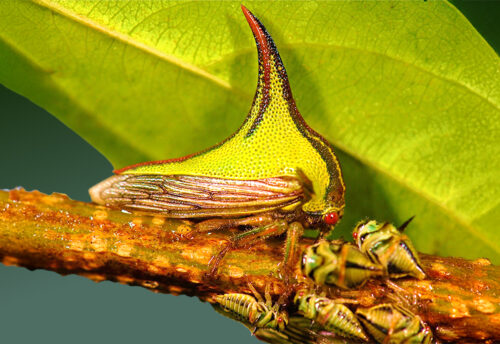
The rufous-bellied chachalaca is in the same family of birds as the chachalacas, curassows, and guans. They can be found throughout western Mexico. These birds face the threats of habitat loss and destruction, hunting, and trapping. However, they are abundant enough to be listed as Least Concern by the IUCN. Their population trend is decreasing though.
First the Stats…
Scientific name: Ortalis wagleri
Weight: Up to 1.8 lbs.
Length: Up to 2.2 feet
Wingspan: Up to 3+/- feet
Lifespan: Up to 8 years
Now on to the Facts!
1.) The rufous-bellied chachalaca was once thought to be a subspecies of the West Mexican chachalaca.
2.) They are monotypic (containing only 1 species), however the Sonoran population has been considered a subspecies.
3.) These birds prefer tropical deciduous, semi-deciduous, thorn forests, and coastal mangrove habitats.
4.) Rufous-bellied chachalacas can be found from sea level up to 6,600 foot elevations.
5.) Flocks of up to 10 individuals are common.
But wait, there’s more on the rufous-bellied chachalaca!
6.) They forage on fruit that is picked from trees, shrubs, and from the ground.
7.) Breeding season is believed to be in June.
Did you know…?
Some other common names for these birds are Wagler’s Chachalaca and the West Mexican Chachalaca.
8.) Females lay up to 3 eggs.
9.) Communication consists of a loud, rhythmic, 4 – 5-syllable, chorused ‘chrr-i-k-rr’, ‘chrr-uh-uh-rr’, or ‘kirr-i-i-kr’ which is sometimes accompanied by “loud cackling, growling, and/or whistling sounds.
10.) Due to their abundance, these birds are legally hunted.
Now a Short Rufous-Bellied Chachalaca Video!
This video actually talks about the west Mexican chachalaca.
Be sure to share & comment below! Also, check out the Critter Science YouTube channel. Videos added regularly!
Want to suggest a critter for me to write about? Let me know here.
Some source material acquired from: Wikipedia & IUCN
Photo credit: Bernard DUPONT




